Make Your Saturday Special with These Kids' Crafts
Are you ready to transform your Saturday into a fun-filled adventure for your kids? Look no further! Crafting is not just a way to pass the time; it’s a gateway to creativity, imagination, and bonding. This Saturday, dive into a world of colors, textures, and endless possibilities with these exciting kids' crafts that will keep your little ones engaged and entertained. Whether you have a crafty kid or a reluctant artist, there’s something here for everyone. From paper crafts to nature-inspired projects, each activity is designed to spark joy and creativity. So, gather your supplies, roll up your sleeves, and get ready to make some unforgettable memories together!
Paper crafts are a fantastic way to unleash your child's creativity. They are simple yet imaginative, allowing kids to explore their artistic side without needing a lot of complicated materials. Think about origami, where a simple piece of paper can be transformed into intricate shapes and figures. Or consider paper mache, where kids can mold and shape their ideas into three-dimensional art. These projects are perfect for all skill levels and can be tailored to fit your child's interests. Plus, they can be a great way to recycle old newspapers and magazines!
There's something magical about bringing the beauty of nature indoors. Engaging your children with crafts that incorporate elements from the great outdoors not only fosters creativity but also promotes environmental awareness. Imagine the joy on their faces as they collect leaves, stones, and flowers, transforming them into stunning works of art. Nature-inspired crafts encourage kids to appreciate the world around them while having a blast creating unique pieces. So, why not take a stroll outside and gather some materials? The possibilities are endless!
Leaf art projects are a fantastic way to explore textures and colors found in nature. Kids can create beautiful collages and prints using leaves collected from their surroundings. Imagine a vibrant collage made from various leaf shapes and colors, telling a story of the seasons. It’s not just about crafting; it’s about learning to see beauty in everyday things!
Leaf rubbings are a simple yet effective way to create art. By placing paper over leaves and rubbing with crayons, children can capture intricate details and patterns. This activity is not only fun but also educational, as kids learn about different types of leaves and their textures. Plus, it’s an excellent way to enhance their fine motor skills while they create something beautiful!
Pressed flower crafts allow kids to preserve the beauty of flowers. By pressing and drying flowers, they can create bookmarks, cards, or framed art pieces, making lovely keepsakes. Imagine giving a handmade card adorned with pressed flowers to a loved one—it's a heartfelt gift that speaks volumes!
Rock painting is an enjoyable outdoor activity that encourages creativity. Kids can turn ordinary stones into colorful works of art, perfect for garden decorations or gifts. This craft not only allows for artistic expression but also encourages children to explore their surroundings and appreciate nature. Plus, it’s a fun way to spread positivity—imagine painting cheerful messages on rocks and leaving them for others to find!
Teaching kids to use recycled materials for crafts instills eco-friendly habits. These projects are not only fun but also help reduce waste by transforming everyday items into creative masterpieces. It’s a wonderful way to show kids that they can make something beautiful out of what might otherwise be discarded. Plus, it sparks discussions about sustainability and caring for our planet.
Creating planters from plastic bottles is a great way to teach kids about gardening. They can decorate their planters and watch their plants grow, fostering a sense of responsibility. This project combines creativity with the joys of nurturing life, making it a rewarding experience for children.
Cardboard boxes can become anything from a spaceship to a castle. This craft encourages imaginative play and resourcefulness, allowing kids to build their dream structures using recycled materials. Just think about the adventures they can embark on with their creations! It’s a great way to stimulate their imagination and provide hours of entertainment.
Seasonal crafts help kids celebrate different times of the year. Whether it’s spring, summer, fall, or winter, these projects can enhance their appreciation for each season while being fun and educational. Kids can learn about the changing seasons while creating beautiful decorations that reflect the beauty of nature around them.
Creating holiday decorations allows kids to express their festive spirit. From ornaments to wreaths, these crafts can be used to adorn the home and create lasting family traditions. Imagine the joy of hanging handmade ornaments on the tree—it's a tradition that can be cherished for years to come!
Combining nature walks with seasonal crafts can be a delightful experience. Kids can collect seasonal items and transform them into beautiful crafts, connecting them with nature and the changing seasons. It’s a perfect way to bond as a family while appreciating the beauty that each season brings.
Textile crafts offer a hands-on experience for kids to explore different materials. From sewing to weaving, these activities enhance fine motor skills while allowing for creative expression. Kids can learn valuable skills while having fun, and the best part is that they end up with something they can use or display proudly!
Simple sewing projects, such as making pillows or bags, introduce kids to the basics of sewing. These crafts can be both practical and fun, resulting in usable items they can be proud of. Imagine your child carrying a bag they made themselves—it's a wonderful boost to their confidence!
Fabric collages allow children to experiment with colors and textures. By cutting and gluing various fabric pieces, they can create unique artworks that reflect their personality and style. This activity not only enhances their creativity but also teaches them about different materials and how they can be combined to create something new.
Q: What materials do I need for these crafts?
A: Most crafts require basic supplies like paper, scissors, glue, and markers. For specific projects, you might need items like leaves, flowers, or recycled materials.
Q: Are these crafts suitable for all age groups?
A: Yes! Many of these projects can be adapted for different skill levels, making them perfect for kids of all ages.
Q: How can I make these crafts educational?
A: Incorporate lessons about nature, recycling, or seasonal changes into your crafting time. Ask questions and encourage discussions about what they’re creating!
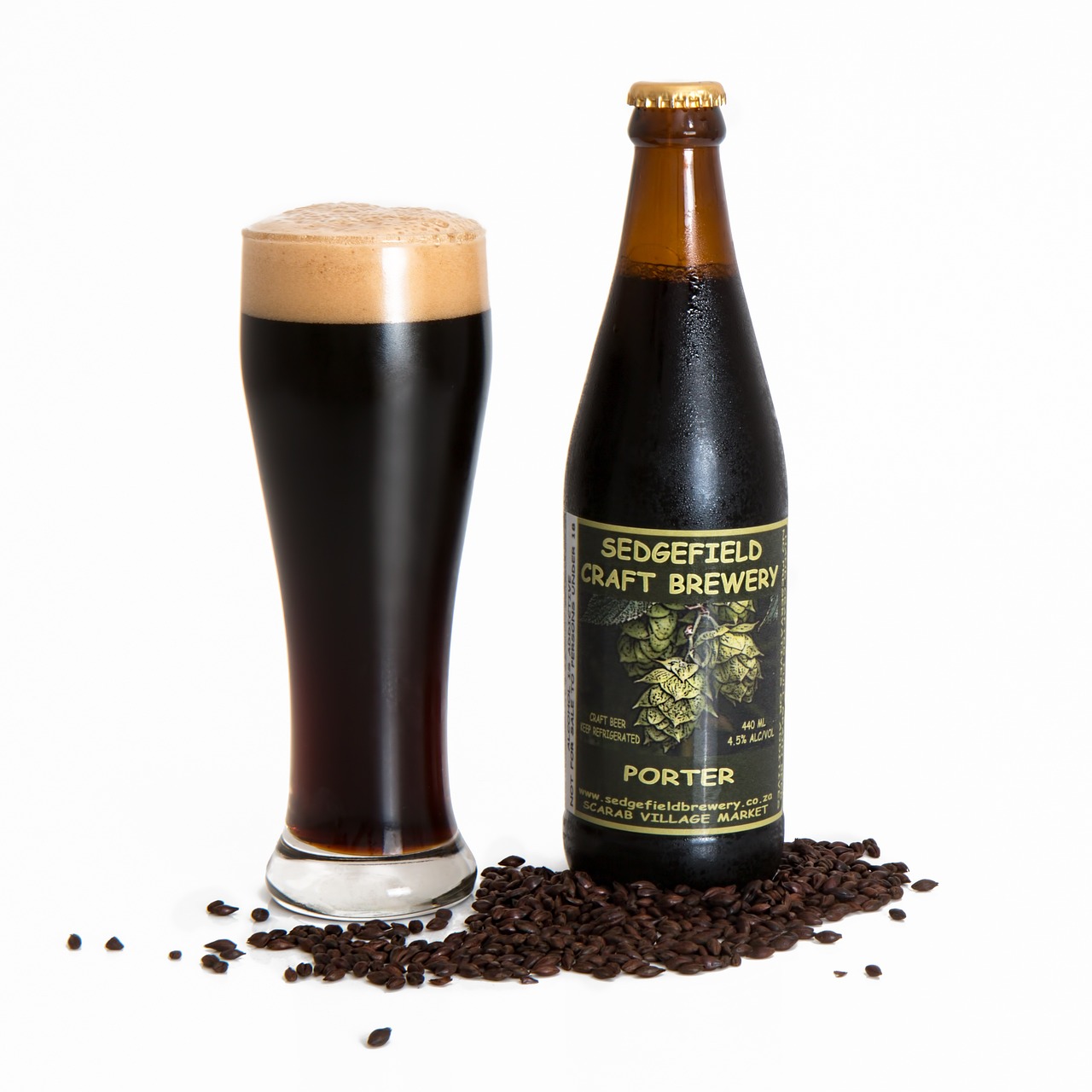
Creative Paper Crafts
Explore exciting and creative craft ideas that will keep your kids engaged and entertained this Saturday. These activities are fun, easy to follow, and perfect for family bonding time.
When it comes to sparking creativity, paper crafts are a fantastic choice for kids of all ages. Not only are these projects simple to execute, but they also allow children to express their imagination in a variety of forms. From the delicate folds of origami to the messy fun of paper mache, the possibilities are endless! Imagine transforming a plain sheet of paper into a colorful masterpiece or a whimsical creature. It's like magic, but with a little bit of glue and a lot of imagination!
One of the most exciting aspects of paper crafts is that they can be adapted to any skill level. For younger children, you might start with basic folding techniques or simple cutting and gluing projects. As they gain confidence, you can introduce more complex ideas. Here are a few creative paper crafts that you can try:
- Origami Animals: Teach your kids how to fold paper into cute animals. It's a great way to enhance their fine motor skills while having fun!
- Paper Mache Sculptures: Using old newspapers and glue, kids can create 3D sculptures that can be painted and decorated.
- Homemade Cards: Encourage your children to make personalized cards for family and friends. This not only boosts creativity but also teaches them the joy of giving.
Perhaps one of the most enjoyable paper crafts is creating paper collages. This activity allows kids to cut out images from magazines, newspapers, or colored paper and arrange them into a unique design. It's like creating a story on a page, where each cut-out piece adds a new chapter. You can even turn this into a themed project, such as a collage about nature, space, or their favorite movie!
For those who want to take their paper crafting to the next level, consider incorporating some mixed media elements. This could include adding fabric, buttons, or even glitter to their paper projects. The combination of different textures and materials can create stunning visual effects that will leave everyone in awe. Plus, it's a fantastic opportunity for kids to learn about color theory and composition!
Lastly, don’t forget to celebrate their creations! Set up a mini art gallery at home where they can display their paper crafts. Invite family members to come and appreciate the hard work and creativity that went into each piece. This not only boosts their confidence but also encourages them to keep exploring their artistic side.
Q: What materials do I need for paper crafts?
A: Basic materials include colored paper, scissors, glue, markers, and decorative items like stickers or glitter. You can also use recycled materials like old magazines and newspapers!
Q: Are paper crafts suitable for all ages?
A: Absolutely! There are paper craft projects for toddlers, preschoolers, and even older kids. Just adjust the complexity based on the child's age and skill level.
Q: How can I encourage my child to be more creative with paper crafts?
A: Provide them with a variety of materials and tools, and let them explore freely. Avoid giving too many instructions; instead, encourage them to come up with their own ideas and designs!
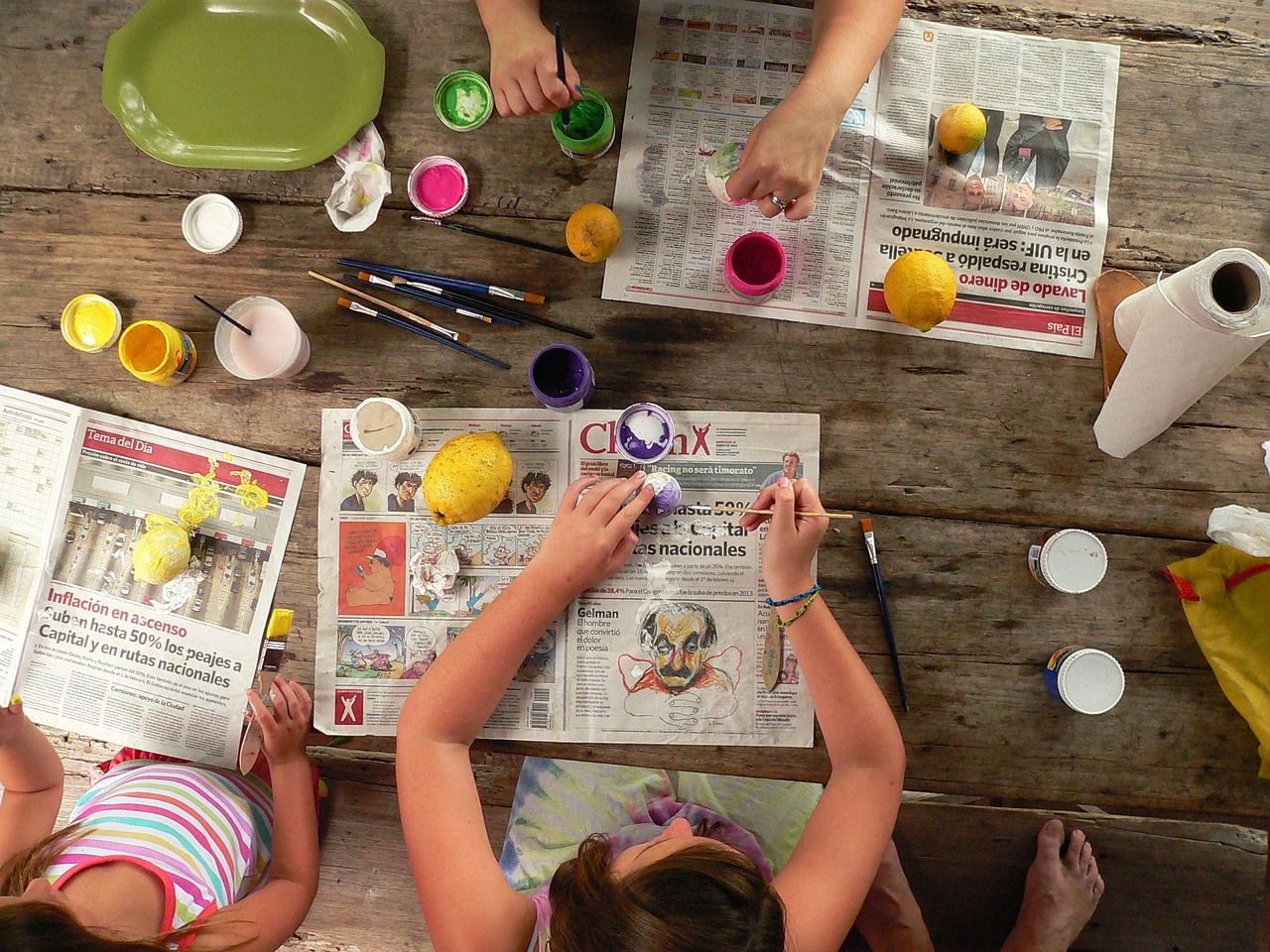
Nature-Inspired Crafts
Engaging your children with is not just about keeping them busy; it's about fostering a deeper connection with the environment. These crafts incorporate elements from nature, such as leaves, stones, and flowers, allowing kids to explore their creativity while promoting environmental awareness. Imagine your little ones wandering through the garden or a nearby park, collecting treasures from nature, all while learning to appreciate the beauty that surrounds them. It’s a win-win situation!
One of the most delightful aspects of nature-inspired crafts is the variety of textures and colors that can be found outdoors. From the vibrant greens of leaves to the earthy tones of rocks, these natural materials provide a rich palette for artistic expression. For instance, when kids gather leaves, they can create stunning collages or prints that showcase the intricate details and patterns found in nature. This not only enhances their artistic skills but also teaches them to observe the world around them more closely.
Leaf art projects are a fantastic way to explore the textures and colors that nature has to offer. Kids can create beautiful collages and prints using leaves collected from their surroundings. By mixing and matching various leaves, children can experiment with different shapes and sizes, leading to unique creations that reflect their personal style. Not only does this encourage creativity, but it also fosters a sense of accomplishment when they see their finished artwork displayed proudly at home.
One of the simplest yet most effective ways to create art with leaves is through leaf rubbings. This technique involves placing a piece of paper over a leaf and rubbing it with crayons or colored pencils. The result? A stunning representation of the leaf’s intricate details! It's like magic—kids can see the beauty of nature come to life right before their eyes. Plus, this activity is perfect for all ages, making it a great family bonding experience.
Pressed flower crafts offer another enchanting way for kids to preserve the beauty of flowers. By pressing and drying flowers, children can create bookmarks, cards, or even framed art pieces that make lovely keepsakes. Imagine your child gifting a beautifully pressed flower card to a friend—it’s a heartfelt gesture that showcases their creativity! Not to mention, this craft also teaches them about the life cycle of plants and the importance of preserving nature.
Another popular nature-inspired craft is rock painting. This enjoyable outdoor activity allows kids to turn ordinary stones into colorful works of art. They can paint cheerful designs, animals, or even inspirational quotes on their rocks, making them perfect for garden decorations or thoughtful gifts for family and friends. Rock painting not only encourages creativity but also provides a great opportunity for outdoor play, allowing kids to soak up some sunshine while they create.
In conclusion, nature-inspired crafts are a fantastic way to engage children in creative activities that promote environmental awareness. By using materials found in nature, kids learn to appreciate their surroundings while having fun. So, grab your kids, head outside, and let their imaginations run wild with these delightful projects!
Q: What materials do I need for nature-inspired crafts?
A: You can use a variety of natural materials such as leaves, flowers, stones, and twigs. Additionally, you'll need basic craft supplies like paper, glue, scissors, and paints.
Q: Are these crafts suitable for all age groups?
A: Yes! Many nature-inspired crafts can be adapted for different skill levels, making them perfect for toddlers, preschoolers, and older children alike.
Q: How can I encourage my child to explore nature while crafting?
A: Take your child on nature walks to collect materials for their crafts. Use this time to teach them about the different elements of nature and encourage them to ask questions about what they see.
Q: Can we incorporate educational elements into these crafts?
A: Absolutely! You can discuss topics such as plant biology, ecosystems, and environmental conservation while crafting, combining learning with fun.
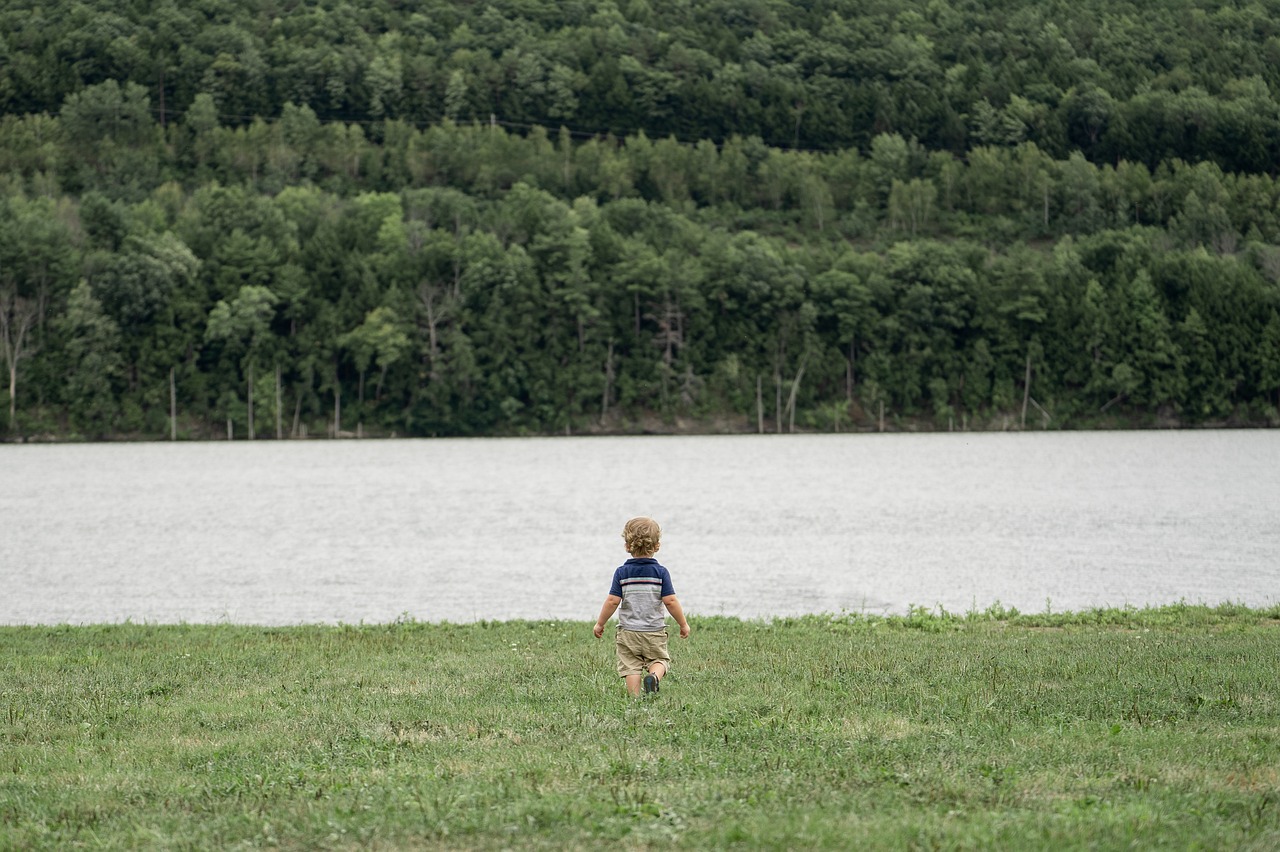
Leaf Art Projects
Leaf art projects are a fantastic way to explore the textures and colors found in nature while igniting your child's imagination. Imagine walking through a vibrant forest, the ground blanketed with leaves in every shade of green, yellow, and red. Now, picture your kids collecting these treasures and transforming them into stunning works of art! It's not just a craft; it’s a way for children to connect with the environment and appreciate its beauty.
One of the simplest yet most rewarding activities is creating leaf rubbings. All you need are some leaves, paper, and crayons. By placing a piece of paper over a leaf and gently rubbing the crayon on top, children can capture the intricate details and patterns of the leaf. This process not only enhances their fine motor skills but also teaches them about the different types of leaves they can find in their surroundings. The result? Beautiful, textured art pieces that can be displayed or gifted!
Another delightful project is pressed flower crafts. This involves collecting flowers and pressing them between the pages of a heavy book or using a flower press. After a few days, the flowers will be dried and ready to use! Kids can create bookmarks, greeting cards, or even framed art pieces using these pressed flowers. It’s a wonderful way to preserve the beauty of nature while allowing children to express their creativity. Plus, it’s a lovely keepsake that can remind them of their adventures outdoors.
To add a bit of structure to the activities, here’s a quick overview of the materials needed for leaf art projects:
| Project | Materials Needed |
|---|---|
| Leaf Rubbings | Leaves, paper, crayons |
| Pressed Flower Crafts | Flowers, heavy book or flower press, glue, cardstock |
These leaf art projects are not just fun; they also provide an opportunity for children to learn about the environment and develop a sense of responsibility towards it. They can discuss their findings and what each leaf or flower represents, making the crafting experience both educational and enjoyable. So, gather those leaves and get ready for a Saturday filled with creativity and nature!
- What age group is suitable for leaf art projects? Leaf art projects are suitable for children of all ages. Younger kids may need assistance, while older kids can explore more complex techniques.
- Can we use any type of leaves for these projects? Yes! However, it's best to use leaves that are not too brittle or fragile. Fresh leaves work well for rubbings, while dried leaves are perfect for pressed flower crafts.
- How can we preserve the finished artwork? To preserve leaf rubbings, consider framing them or laminating the paper. For pressed flowers, a clear sealant can help protect the artwork from fading.
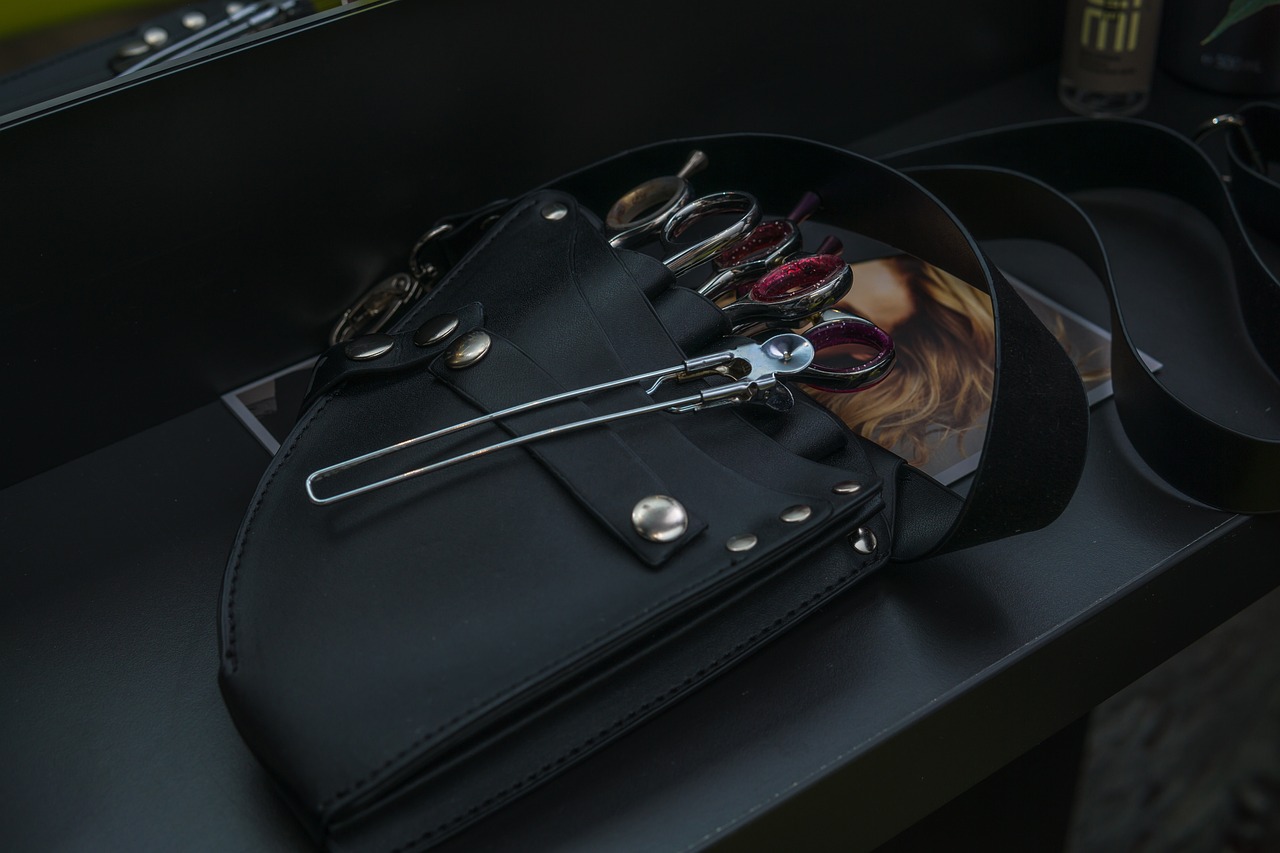
Leaf Rubbings
Leaf rubbings are a simple yet effective way to create art that captures the intricate details and patterns found in nature. This craft is not only enjoyable but also serves as a wonderful educational tool for kids to learn about different types of leaves and their textures. All you need are some leaves, paper, and crayons or colored pencils, making it an accessible activity for families.
To get started, take your children on a little adventure outdoors to collect a variety of leaves. Encourage them to look for leaves of different shapes, sizes, and colors. Once you have gathered a selection, it's time to create some art! Place a leaf under a sheet of paper, and using the side of a crayon, gently rub over the paper. The texture of the leaf will start to appear, creating a beautiful and unique print. This process can be repeated with different leaves to create a stunning collage.
Not only does this activity allow for creativity, but it also opens up discussions about botany and the environment. You can talk about how leaves change with the seasons, the types of trees they come from, and the importance of plants in our ecosystem. To add an educational twist, consider creating a leaf identification chart alongside the rubbings. This could include:
| Leaf Type | Tree Name | Color |
|---|---|---|
| Maple | Maple Tree | Green, Red, Yellow |
| Oak | Oak Tree | Green, Brown |
| Pine | Pine Tree | Green |
As your kids create their leaf rubbings, encourage them to experiment with different colors and techniques. They can layer multiple rubbings, create a background, or even use the rubbings to make greeting cards or bookmarks. The possibilities are endless! This activity not only fosters creativity but also strengthens fine motor skills as they learn to control the pressure of their crayons.
In the end, leaf rubbings provide a fun and engaging way for kids to connect with nature while expressing their artistic side. So, gather those leaves, grab some crayons, and let the creativity flow!
- What materials do I need for leaf rubbings? You will need leaves, paper, and crayons or colored pencils.
- Can I use any type of leaf? Yes, you can use any type of leaf, but it's best to choose ones with interesting textures and shapes.
- Is this activity suitable for all ages? Absolutely! Leaf rubbings can be enjoyed by children of all ages, with varying levels of complexity.
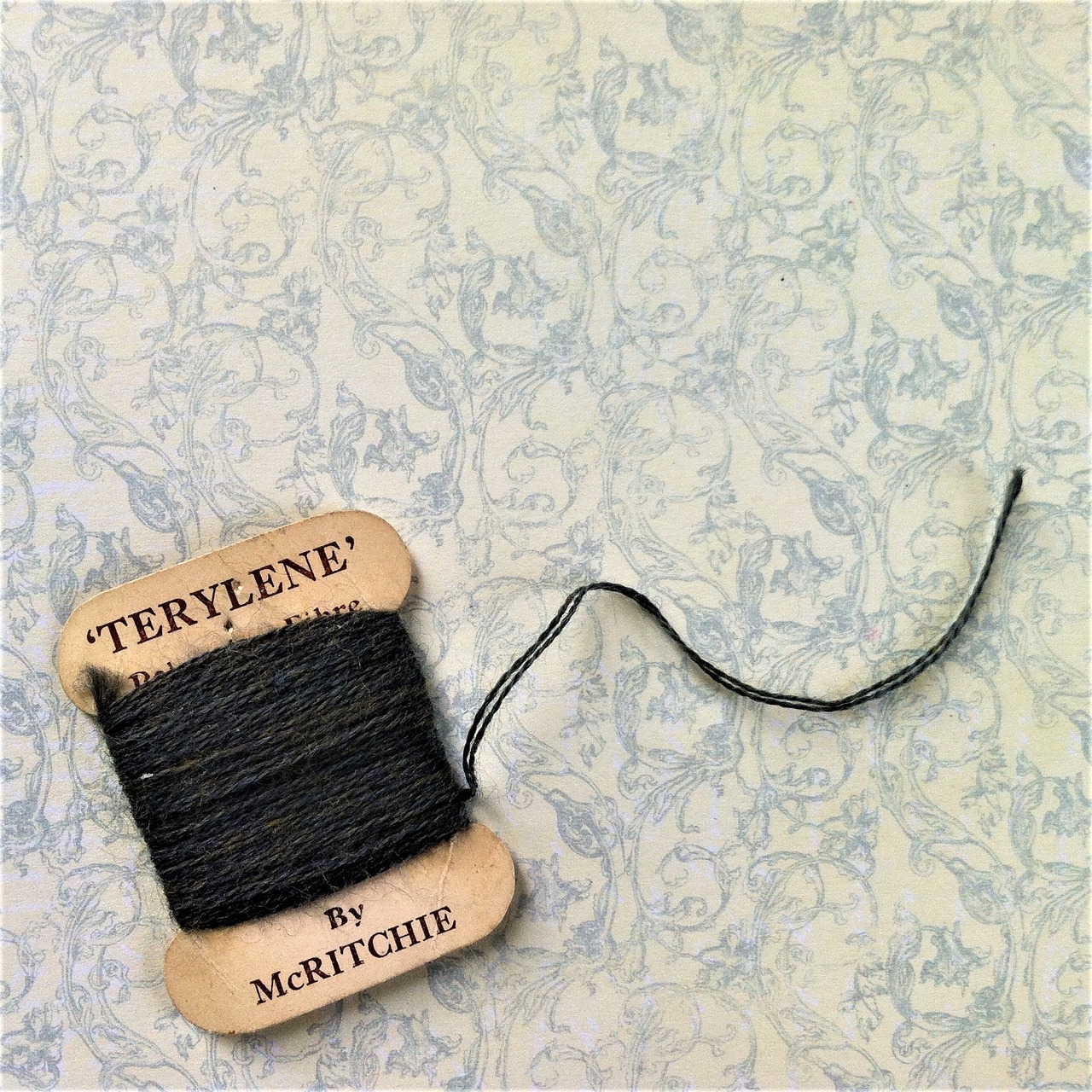
Pressed Flower Crafts
Pressed flower crafts are a delightful way for kids to explore the beauty of nature while creating lasting keepsakes. Imagine the joy on your child's face as they transform vibrant blooms into stunning art pieces! This craft not only allows children to appreciate the intricate details of flowers but also teaches them about preservation and creativity. To get started, all you need are some fresh flowers, a heavy book, and a little bit of patience.
First, let’s talk about the process of pressing flowers. It's as easy as picking flowers from your garden or a nearby park, selecting the most colorful and unique ones, and then placing them between the pages of a heavy book. Make sure to leave the book in a dry, flat place for about a week. During this time, the flowers will lose moisture and flatten out, preserving their shape and color. The anticipation of waiting can be thrilling for kids, as they imagine what their pressed flowers will look like!
Once the flowers are ready, the real fun begins! Kids can use these pressed flowers to create various crafts, such as:
- Bookmarks: Glue pressed flowers onto sturdy cardstock, then laminate for durability.
- Greeting Cards: Decorate handmade cards with pressed flowers to add a personal touch for birthdays or special occasions.
- Framed Art: Arrange the flowers in a frame, creating a beautiful piece of art that can be displayed at home.
This craft not only enhances creativity but also encourages children to connect with nature. It’s a fantastic way to teach them about different types of flowers, their colors, and even their seasonal availability. You can turn this into an educational experience by discussing why certain flowers bloom in different seasons and how they contribute to the ecosystem.
In addition to the artistic aspect, pressed flower crafts can be a wonderful bonding experience for families. Imagine spending a sunny afternoon outdoors, collecting flowers together, and then sitting down to create something beautiful. This shared activity fosters communication and collaboration, making it a memorable experience for everyone involved.
To make this craft even more exciting, consider incorporating a few tips:
- Experiment with different types of flowers and leaves to see which ones press the best.
- Try using different adhesives, like Mod Podge, to give a glossy finish to your creations.
- Encourage kids to write a little note about the flowers they pressed, such as their names and where they found them, turning the craft into a cherished memory.
In conclusion, pressed flower crafts are not only a fun and creative activity for kids but also an opportunity to learn and bond as a family. So, gather those blooms, get your craft supplies ready, and let your creativity blossom!
Q: What types of flowers work best for pressing?
A: Flat flowers like daisies, pansies, and violets are excellent for pressing. Avoid thick or bulky flowers as they may not flatten well.
Q: How long do pressed flowers last?
A: When properly pressed and stored, flowers can last for several years. Keeping them away from direct sunlight will help maintain their color.
Q: Can I press leaves as well?
A: Absolutely! Leaves can be pressed alongside flowers and can add interesting textures to your crafts.
Q: What is the best way to store pressed flowers?
A: Store pressed flowers in a dry, dark place, preferably in a sealed container to prevent moisture and dust from damaging them.

Rock Painting Fun
Rock painting is not just an activity; it's an adventure waiting to unfold in your backyard! Imagine gathering a bunch of ordinary stones and transforming them into vibrant pieces of art that can brighten up your garden or serve as unique gifts for friends and family. This craft is perfect for kids of all ages, as it combines creativity with the joy of being outdoors. Plus, it’s a fantastic way to teach children about nature while they explore their artistic side.
To get started, you’ll need a few basic supplies that you probably already have at home:
- Rocks: Look for smooth, flat stones that are easy to paint on. You can find these in your yard, at a local park, or even at a craft store.
- Paint: Acrylic paints work best for rock painting because they’re vibrant and weather-resistant. You can also use washable paints for a fun, mess-free experience.
- Brushes: A variety of brush sizes will help you create different designs, from fine details to broad strokes.
- Sealer: Once your art is complete, a clear sealant will protect your masterpiece from the elements.
Now that you have your supplies, it’s time to unleash your creativity! Here are a few fun ideas to get you started:
- Animal Faces: Paint cute animal faces on your rocks. Think of ladybugs, frogs, or even your favorite pets!
- Inspirational Quotes: Write uplifting messages or quotes on your rocks to inspire others who find them.
- Nature Scenes: Create beautiful landscapes or simple patterns that reflect the beauty of the outdoors.
Once your rocks are painted, you can place them in your garden, use them as decorative paperweights, or even hide them around your neighborhood for others to discover. This little treasure hunt can spread joy and creativity in your community!
Rock painting is more than just a craft; it's a way to bond with your kids, spark their imagination, and encourage them to appreciate the beauty of nature. So grab those rocks, unleash your inner artist, and make this Saturday a colorful and memorable one!
Q: What type of paint should I use for rock painting?
A: Acrylic paint is recommended because it is vibrant and durable. For a more temporary project, washable paint can be used.
Q: How do I seal my painted rocks?
A: After your paint has dried completely, apply a clear acrylic sealer to protect your design from weather and wear.
Q: Can I use any type of rock?
A: Smooth, flat rocks are ideal for painting, as they provide a better surface for your artwork. However, you can experiment with different shapes and sizes!
Q: What if it rains after I paint my rocks?
A: If you use acrylic paint and seal them properly, your painted rocks should withstand light rain. However, heavy rain may affect them, so consider bringing them inside during storms.
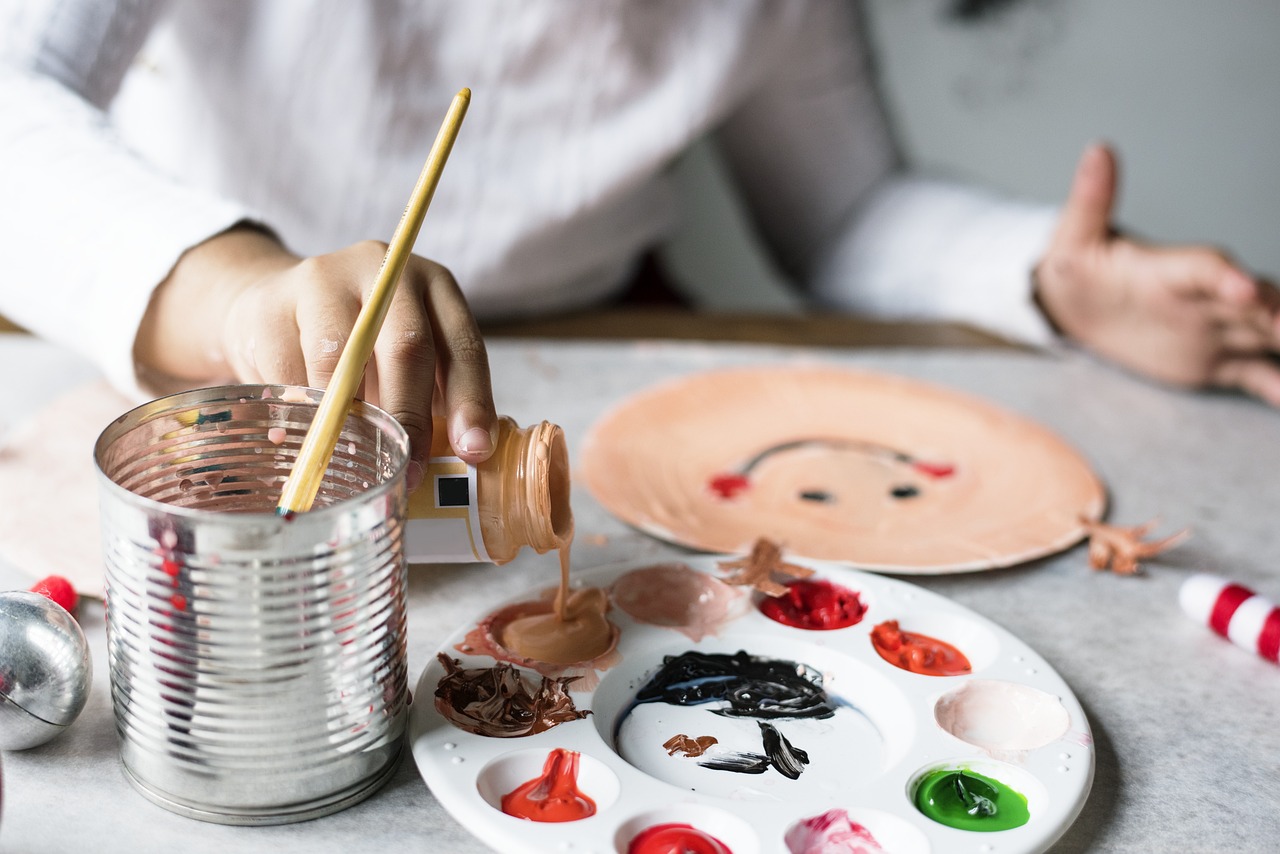
Recycled Material Crafts
Teaching kids to use recycled materials for crafts is not just a fun activity; it’s a fantastic way to instill eco-friendly habits and creativity. Imagine transforming a mundane plastic bottle or an old cardboard box into something extraordinary! These projects are not only enjoyable but also serve a greater purpose by reducing waste and promoting sustainability. When children engage in crafting with recycled materials, they learn to see the potential in everyday items, sparking their imagination and resourcefulness.
One of the easiest and most rewarding projects is creating plastic bottle planters. This craft is perfect for introducing children to the world of gardening. By cutting a plastic bottle in half and decorating it with paint, markers, or even washi tape, kids can create a unique planter for their favorite herbs or flowers. As they watch their plants grow, they develop a sense of responsibility and an appreciation for nature. Plus, it’s a great way to brighten up any space!
Another exciting project is making cardboard box creations. These boxes are often discarded, but with a little imagination, they can become anything from a spaceship to a cozy fort. Encourage your kids to think outside the box—literally! They can use scissors, paint, and other craft supplies to transform cardboard into their dream structures. This not only fosters creativity but also promotes imaginative play, allowing them to step into new worlds of adventure.
To give you an idea of how versatile recycled materials can be, here’s a simple table outlining some fun projects along with the materials needed:
| Project | Materials Needed |
|---|---|
| Plastic Bottle Planters | Plastic bottles, soil, seeds, paint, scissors |
| Cardboard Box Creations | Cardboard boxes, scissors, paint, markers, tape |
| Egg Carton Animals | Egg cartons, paint, googly eyes, scissors, glue |
| Toilet Paper Roll Binoculars | Toilet paper rolls, string, paint, glue |
As you can see, the possibilities are endless! Encourage your children to get creative and think of their own projects using items you would typically throw away. Not only will they have a blast crafting, but they’ll also learn valuable lessons about resourcefulness and sustainability.
Incorporating recycled materials into craft projects also opens the door to discussions about the environment. You can talk about the importance of recycling and how small actions can make a big difference. It’s a wonderful opportunity to bond with your kids while teaching them about caring for our planet.
Q: What age group is suitable for recycled material crafts?
A: Most recycled material crafts are suitable for children aged 5 and up, with adult supervision for younger kids, especially when using scissors or other tools.
Q: How can I encourage my child to be more creative with recycled materials?
A: Provide a variety of materials and let them explore! Set up a crafting station with different items and encourage them to come up with their own ideas. You can also suggest themes or challenges to spark their imagination.
Q: What are some safety tips for crafting with kids?
A: Always supervise young children, especially when using scissors or glue. Make sure to use non-toxic materials and ensure the crafting area is safe and clean.
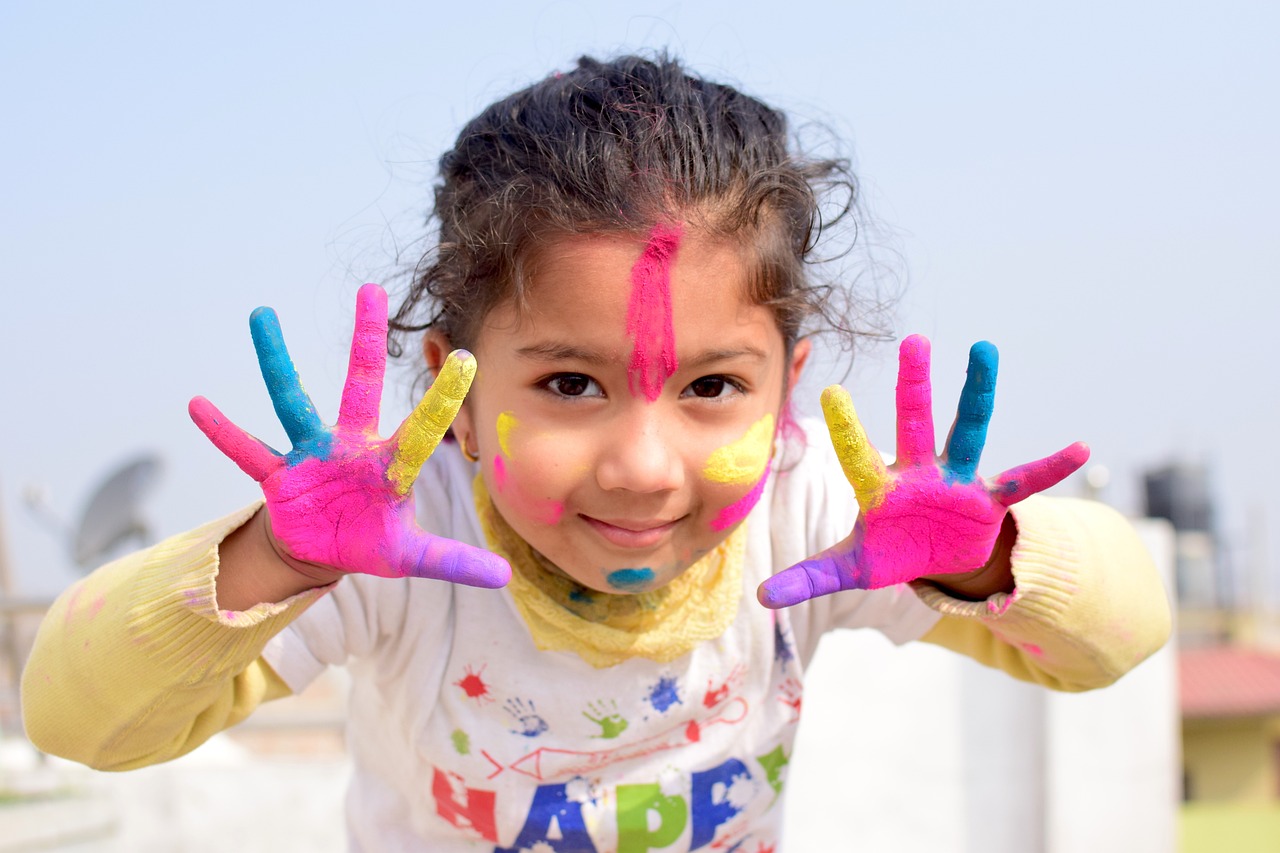
Plastic Bottle Planters
Creating planters from plastic bottles is not just a fun craft; it’s an excellent way to teach kids about gardening and sustainability. Imagine transforming something that would typically end up in a landfill into a vibrant home for plants! This activity not only sparks creativity but also instills a sense of responsibility in children as they watch their plants grow. Plus, it’s a fantastic opportunity to engage in conversations about the importance of recycling and taking care of our environment.
To get started, gather some empty plastic bottles, potting soil, and seeds or small plants. Here’s a simple step-by-step guide to help you through the process:
- Step 1: Rinse the plastic bottles thoroughly to remove any residue.
- Step 2: Using scissors, carefully cut the bottles in half. The bottom half will serve as the planter.
- Step 3: Poke a few small drainage holes in the bottom to prevent overwatering.
- Step 4: Fill the bottom half with potting soil, leaving enough space for the seeds or plants.
- Step 5: Plant your seeds or small plants and water them lightly.
- Step 6: Decorate the outer part of the bottle using paints, markers, or stickers to make it unique!
As your kids nurture their plants, they’ll not only learn about growth cycles but also develop a connection with nature. It’s a rewarding experience to see the fruits of their labor—literally! Plus, these planters can be placed indoors or outdoors, making them versatile additions to any space. Encourage your children to experiment with different plants, such as herbs, flowers, or succulents, and watch as they take pride in their green thumbs.
In addition to being educational, plastic bottle planters can also be a wonderful way to beautify your home or garden. Imagine a row of colorful, hand-decorated planters lined up on your windowsill or balcony, each one showcasing your child's creativity and care. This craft not only promotes environmental awareness but also cultivates a love for gardening that can last a lifetime.
Q: Can I use any type of plastic bottle for planters?
A: Yes! You can use any plastic bottle, such as soda bottles or water bottles. Just ensure they are clean and dry before starting.
Q: What types of plants are best for plastic bottle planters?
A: Herbs, small flowers, and succulents work well in plastic bottle planters. Choose plants that don’t require deep soil.
Q: How often should I water the plants in plastic bottle planters?
A: Water them when the soil feels dry to the touch. Be careful not to overwater, as it can lead to root rot.

Cardboard Box Creations
Cardboard boxes are like magical portals to a world of imagination! With just a little creativity, these ordinary items can transform into extraordinary creations that spark joy and encourage play. Imagine your child turning a simple box into a spaceship soaring through the galaxy or a cozy fort where they can host tea parties with their stuffed animals. The possibilities are endless! Not only are these projects fun, but they also promote resourcefulness and environmental consciousness by reusing materials that would otherwise end up in the trash.
To get started, gather a variety of cardboard boxes from your home. You might have some from deliveries, old appliances, or even shoe boxes. Make sure to have some basic supplies on hand, such as scissors, tape, glue, and markers. Depending on your child's age, you may want to assist with cutting and assembling the boxes. Here are some exciting ideas for cardboard box creations:
- Space Shuttle: Cut out windows and decorate the outside with stickers or paint. Your child can then pretend to blast off into space!
- Castle: Use multiple boxes to build a grand castle. Add towers, drawbridge, and even a moat using colored paper.
- Storefront: Create a mini store where your child can sell their handmade crafts or even play food. This can be a fun way to engage in pretend play and learn about commerce!
Encouraging your child to personalize their creations adds an exciting layer to the activity. They can paint, draw, or even collage the boxes with old magazines or fabric scraps. This not only enhances their artistic skills but also allows them to express their unique style. Plus, when they see their finished product, their sense of accomplishment will be through the roof!
As they play with their cardboard creations, you might notice how these projects encourage storytelling and role-playing. Children often weave intricate narratives around their creations, which is fantastic for developing their language skills and creativity. So, next Saturday, gather those cardboard boxes and let your child's imagination run wild. Who knows? You might end up with a whole cardboard city right in your living room!
Q: What age is appropriate for cardboard box crafts?
A: Cardboard box crafts can be enjoyed by children of all ages, but younger children may require adult supervision for cutting and assembling. Tailor the complexity of the project to fit your child's age and skills.
Q: How can I encourage my child to think creatively with cardboard boxes?
A: Encourage your child to brainstorm different uses for the boxes before starting the project. Ask open-ended questions like, "What do you think this box could become?" This can help spark their imagination.
Q: What other materials can we use along with cardboard boxes?
A: You can use a variety of materials such as paper, fabric, paint, and even recycled items like bottle caps or egg cartons to enhance your cardboard creations!

Seasonal Crafts
Seasonal crafts are a fantastic way to help kids connect with the beauty and uniqueness of each time of year. Not only do these projects enhance their appreciation for nature, but they also provide an opportunity for family bonding and creativity. Imagine the joy on your child's face as they create something that reflects the changing seasons! Whether it's the vibrant colors of fall leaves, the fresh blooms of spring, or the cozy vibes of winter, each season offers a treasure trove of inspiration for crafting.
One of the most exciting aspects of seasonal crafts is the variety they bring. For instance, during the spring, kids can create delightful flower crowns or colorful Easter decorations. In summer, they might enjoy making sun catchers that reflect the bright sunlight or beach-themed crafts that remind them of family vacations. As autumn rolls around, the rich hues of leaves can inspire projects like leaf garlands or pumpkin decorations. Finally, winter can usher in a flurry of crafting opportunities, from homemade ornaments to festive wreaths that adorn the front door.
Incorporating nature walks into your crafting sessions can further enrich the experience. As you stroll through parks or your backyard, encourage your children to collect seasonal items such as:
- Spring: Fresh flowers, twigs, and colorful stones
- Summer: Seashells, pebbles, and vibrant leaves
- Fall: Acorns, dried leaves, and pinecones
- Winter: Evergreen branches, berries, and snowflakes (real or crafted)
After gathering these treasures, the crafting possibilities are endless! For example, kids can create beautiful collages or nature-inspired artwork that captures the essence of the season. Imagine a colorful autumn collage made from vibrant leaves or a spring-themed card adorned with pressed flowers. These crafts not only foster creativity but also teach children about the environment and the importance of appreciating the world around them.
Additionally, seasonal crafts can become cherished family traditions. Imagine gathering around the table each year to create decorations for the holidays or to celebrate the arrival of spring. These moments can lead to lasting memories, as children look forward to the creative activities that mark each season. You might even consider keeping a scrapbook of their seasonal crafts, allowing them to see their progress and creativity over the years.
In conclusion, seasonal crafts are more than just fun activities; they are a way to celebrate life’s cycles and the natural world. So this Saturday, gather your supplies, head outside for a nature walk, and let your kids’ imaginations soar as they create beautiful, seasonal masterpieces!
Q: What materials do I need for seasonal crafts?
A: The materials can vary depending on the craft, but common items include paper, glue, scissors, natural materials (like leaves and flowers), and basic art supplies like markers and paint.
Q: How can I make seasonal crafts educational?
A: You can incorporate lessons about nature, colors, and even cultural traditions associated with different seasons. Discussing the significance of certain materials or crafts can enhance the learning experience.
Q: Are seasonal crafts suitable for all ages?
A: Absolutely! Many seasonal crafts can be adapted for different age groups. Younger kids might need more guidance and simpler projects, while older kids can tackle more complex crafts.
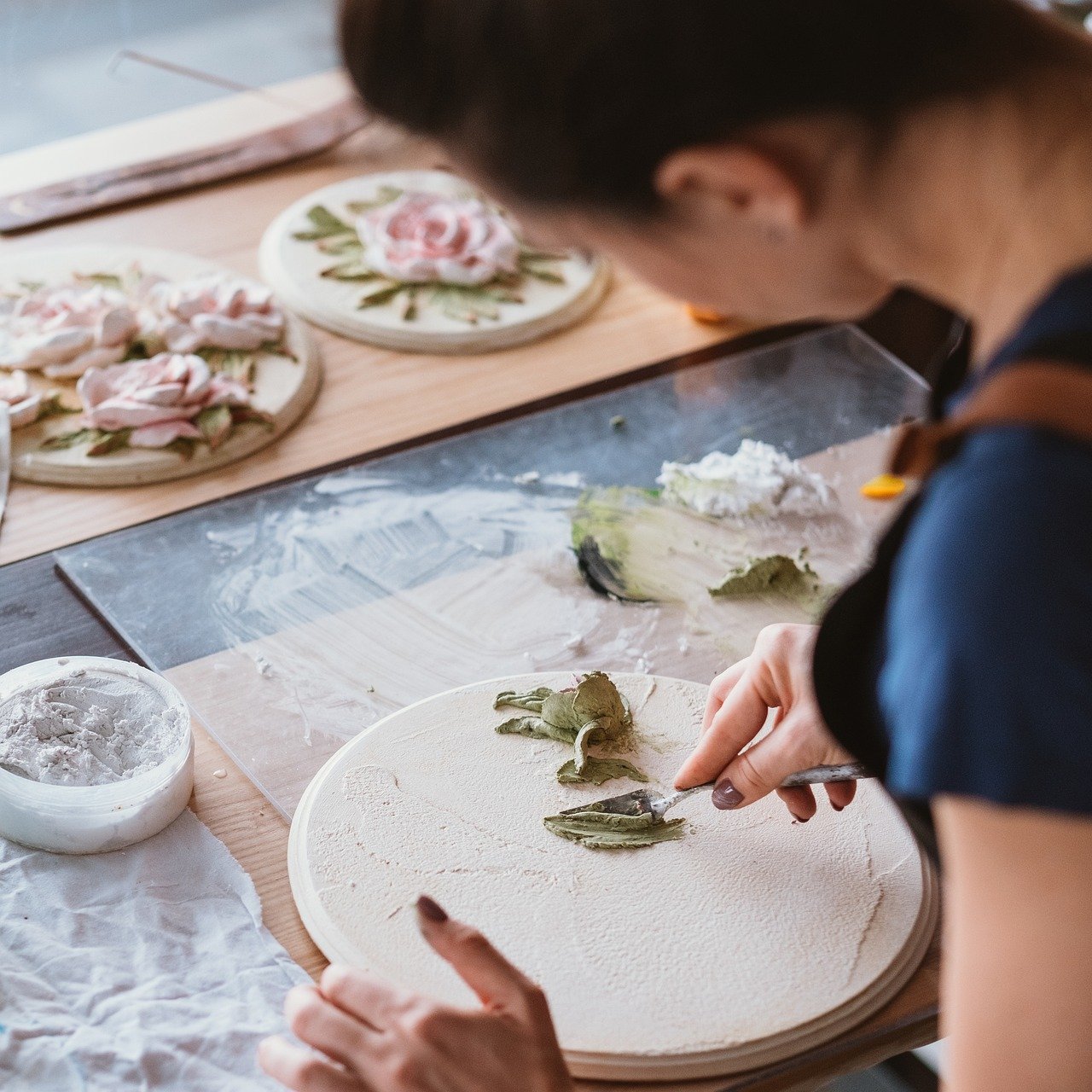
Holiday Decorations
Creating holiday decorations is not just about adding flair to your home; it’s an opportunity for kids to express their festive spirit and creativity. Imagine the joy on their faces as they transform simple materials into beautiful ornaments and wreaths, each telling a story of their own. Whether it's the twinkling lights of Christmas, the vibrant colors of Halloween, or the warmth of Thanksgiving, these crafts allow children to immerse themselves in the holiday magic.
One of the most delightful aspects of making holiday decorations is the variety of materials you can use. From construction paper and glitter to natural elements like pinecones and leaves, the possibilities are endless. For instance, kids can craft stunning paper snowflakes by folding and cutting paper, or they can create colorful garlands from popcorn and cranberries, adding a unique touch to their holiday decor. The process itself becomes a cherished family activity, filled with laughter, creativity, and, of course, a bit of mess!
Here are some engaging ideas for holiday decorations that kids can enjoy:
- Handmade Ornaments: Using salt dough, kids can mold and shape their own ornaments, which can be painted and decorated once dried. This can become a yearly tradition where each child creates a new ornament to hang on the tree.
- Festive Wreaths: Gather leaves, twigs, and other natural materials to create beautiful wreaths. Kids can personalize them with ribbons and decorations that reflect their unique style.
- Holiday Cards: Encourage kids to design their own holiday cards for family and friends. This not only fosters creativity but also teaches them the joy of giving and sharing during the festive season.
Moreover, you can turn this crafting session into a family bonding experience. Set up a crafting station with all the necessary supplies and let everyone contribute to creating a festive atmosphere. Play holiday music in the background, and watch as your living room transforms into a hub of creativity and joy. The decorations made during these sessions can become treasured keepsakes, reminding everyone of the special moments shared together.
As the holiday season approaches, consider planning a Holiday Decoration Day where the whole family can come together to craft and celebrate. Not only will this enrich your home with handmade decorations, but it will also create lasting memories that your children will cherish for years to come.
1. What materials do I need for holiday decorations?
You can use a variety of materials such as construction paper, glitter, natural items like pinecones, ribbons, and even recycled materials. The key is to let your creativity shine!
2. How can I involve younger kids in crafting?
You can simplify projects for younger kids by providing pre-cut shapes or using larger materials that are easier for them to handle. Always supervise them to ensure safety while crafting.
3. What are some easy holiday crafts for beginners?
Some easy crafts include making paper snowflakes, decorating mason jars as candle holders, or creating simple garlands from popcorn or paper chains. These projects are not only simple but also fun!
4. How can we use our holiday decorations year after year?
To ensure longevity, store your decorations in a safe, dry place. Using durable materials and sealing your crafts properly can help maintain their condition for future celebrations.
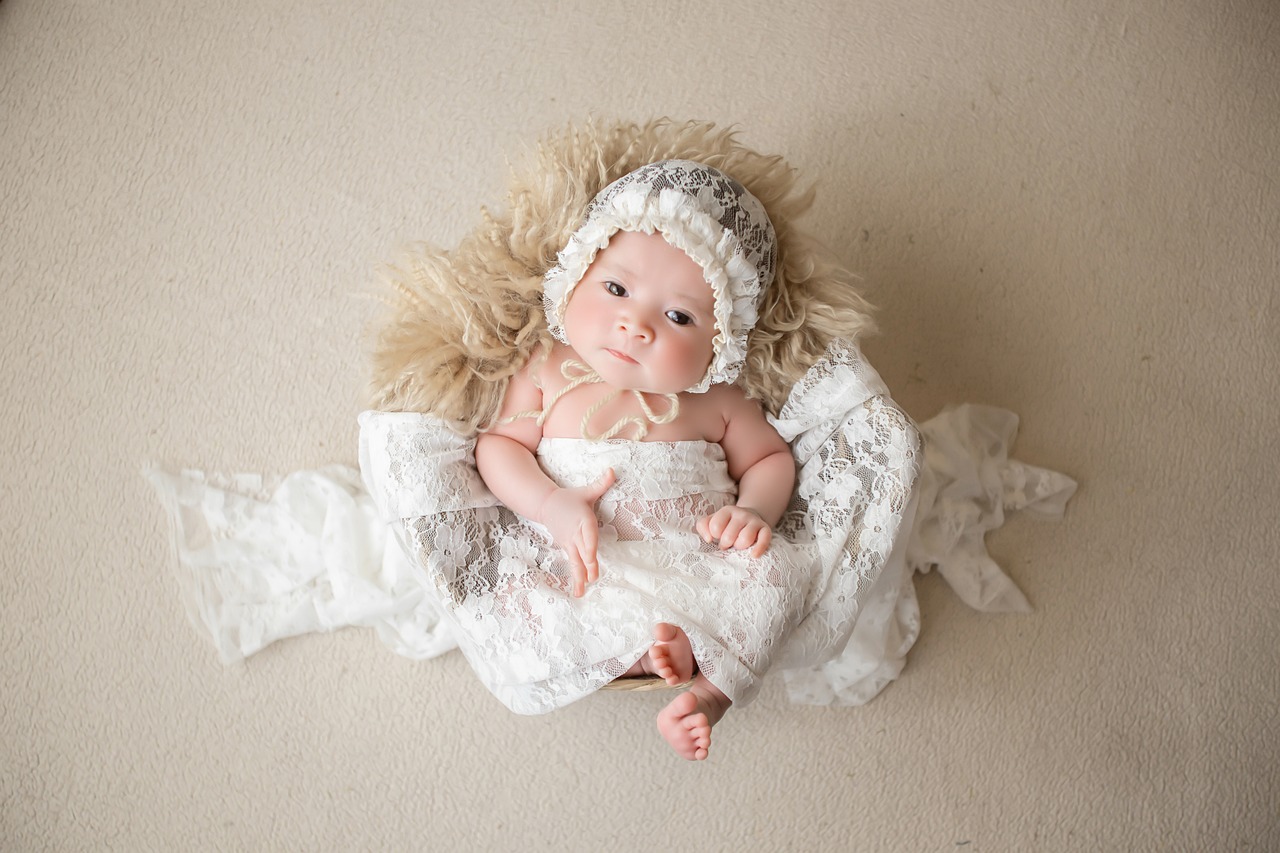
Seasonal Nature Walks
Taking your kids on seasonal nature walks is not just a fun outing; it's a fantastic way to connect them with the beauty of the natural world around them. Imagine the excitement in their eyes as they explore the vibrant colors of autumn leaves or the delicate blossoms of spring flowers. Each season brings its own unique treasures, and these walks can be a treasure hunt of sorts, encouraging kids to observe and appreciate the changes in their environment.
During these walks, you can engage your children in a variety of activities that will enhance their experience. For instance, you can encourage them to collect interesting items like colorful leaves, unique stones, or fragrant flowers. These collected items can later be transformed into beautiful crafts, allowing them to keep a piece of their adventure. You might ask, "What can we do with these items once we get home?" Well, the possibilities are endless! Here are a few ideas:
- Leaf Art: Use the collected leaves to create stunning collages or leaf rubbings.
- Nature Journals: Document the walk by drawing or writing about the things they found.
- Pressed Flowers: Preserve flowers by pressing them between the pages of a heavy book.
Moreover, these walks can be educational. You can discuss the different types of trees, plants, and wildlife that you encounter. Kids can learn about the importance of biodiversity and how to respect their environment. You might even turn it into a mini-science lesson by observing how different seasons affect the flora and fauna. For example, in the spring, you can talk about how flowers bloom and attract bees, while in the fall, you can discuss how animals prepare for winter.
To make the experience even more memorable, consider bringing along a small picnic. After a fun-filled walk, sitting down to enjoy some snacks while surrounded by nature can create lasting memories. You could pack seasonal treats like pumpkin muffins in the fall or refreshing fruit in the summer. This not only adds to the adventure but also teaches kids the joy of enjoying meals outdoors.
In conclusion, seasonal nature walks are a wonderful way to bond with your children while fostering their creativity and appreciation for the environment. So, grab your walking shoes, pack a bag, and get ready for an adventure that will inspire and delight your little ones!
Q: What should we wear for a nature walk?
A: Comfortable clothing and sturdy shoes are essential. Dress in layers, so you can adjust to changing temperatures.
Q: How long should a nature walk be for kids?
A: The duration can vary based on your children's age and stamina. Generally, 30 minutes to an hour is a good starting point.
Q: What if my kids get bored during the walk?
A: Keep them engaged by asking questions about their surroundings, playing games like "I Spy," or giving them specific items to look for.
Q: Can we do nature walks in urban areas?
A: Absolutely! Parks, botanical gardens, and even neighborhood streets can offer opportunities to explore nature.
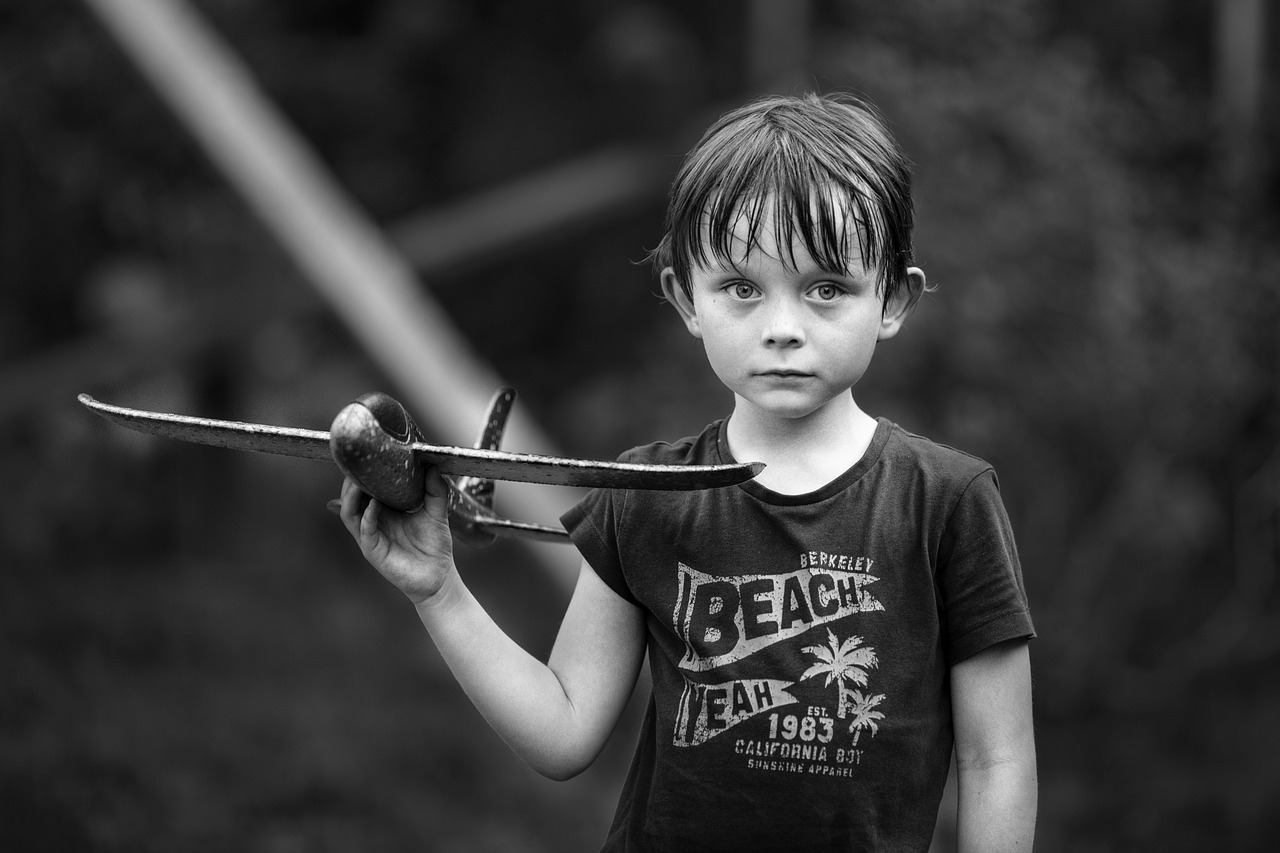
Fun with Textiles
Textile crafts offer an exciting avenue for kids to explore their creative side while developing essential skills. Imagine the joy of watching your little ones transform simple pieces of fabric into something extraordinary! From sewing to weaving, these activities not only enhance fine motor skills but also provide a wonderful opportunity for self-expression. Engaging in textile crafts is like giving children a blank canvas where they can splash their imagination and creativity.
One of the most accessible ways to introduce kids to textile crafts is through simple sewing projects. These projects can range from making pillows to designing their own bags. Not only do these crafts teach the basics of sewing, but they also result in practical items that children can use and show off to their friends and family. Just picture your child proudly carrying a bag they made themselves! It’s a fantastic confidence booster and a fun way to learn a valuable skill.
For those who may be a little hesitant about sewing, fabric collages present another fantastic option. This craft allows children to experiment with different colors and textures, stimulating their creativity in a unique way. By cutting and gluing various fabric pieces together, kids can create one-of-a-kind artworks that reflect their personality and style. It’s like a puzzle where the pieces are made of vibrant fabric, and the end result is a beautiful masterpiece that they can hang on the wall or gift to someone special.
To get started with textile crafts, you’ll need a few basic supplies. Here’s a quick rundown of what you might want to gather:
- Assorted fabrics in different colors and textures
- Safety scissors for cutting
- Fabric glue or a sewing kit (with child-safe needles)
- Markers or fabric paint for decoration
With these materials in hand, the possibilities are endless! You could even set up a mini textile studio at home where kids can explore their creativity freely. Encourage them to think outside the box—maybe they can create a fabric storybook, where each page showcases a different fabric and tells a unique story. Or perhaps a family quilt, where each member contributes a square that represents them. The beauty of textile crafts is that they can be as simple or as complex as you want them to be.
As your children dive into the world of textiles, you’ll likely notice their problem-solving skills improving. They’ll learn to plan their projects, make decisions about colors and shapes, and troubleshoot any issues that arise along the way. Plus, the sensory experience of working with different fabrics can be incredibly calming and satisfying. It’s a win-win situation!
So, this Saturday, why not gather some fabric scraps and start a fun textile project with your kids? Whether it’s sewing, gluing, or weaving, you’re bound to create lasting memories while nurturing their creativity. After all, the best part of crafting isn’t just the finished product; it’s the joy and laughter shared during the process!
Q1: What age is appropriate for kids to start textile crafts?
A1: Kids as young as three can start with simple fabric collages, while older children can handle basic sewing projects with supervision.
Q2: Do I need expensive materials to get started?
A2: Not at all! You can use old clothes, fabric scraps, and basic supplies like scissors and glue. The focus is on creativity, not cost!
Q3: How can I ensure my child is safe while sewing?
A3: Always supervise children while they sew, and consider using safety scissors and child-friendly sewing kits to minimize risks.
Q4: Can textile crafts be educational?
A4: Absolutely! Textile crafts can teach kids about colors, shapes, and even basic math skills through measuring and cutting fabric.

Simple Sewing Projects
Sewing is not just a practical skill; it’s a wonderful way for kids to express their creativity while developing fine motor skills. Simple sewing projects can provide hours of entertainment and a sense of accomplishment. Imagine your child creating something with their own hands, and the joy that comes with it! It’s like watching a magician pull a rabbit out of a hat, only this time, the magic is all about fabric and thread.
One of the easiest projects to start with is making small pillows. Kids can choose their favorite fabrics, cut them into squares, and sew them together, leaving a small opening for stuffing. This project not only teaches them basic sewing techniques but also allows them to personalize their pillows with different colors and patterns. They can even add embellishments like buttons or fabric paint to make their creations truly unique!
Another fantastic project is sewing simple tote bags. These bags are not only practical but can also become a canvas for creativity. Kids can decorate their bags with fabric markers, patches, or even tie-dye techniques. By sewing a few straight lines, they can create a bag that’s perfect for carrying books or toys. Plus, it’s a great way to instill a sense of responsibility as they use their handmade bag for various purposes.
For those who want to dive a little deeper into the sewing world, consider introducing fabric collages. This project allows children to explore different textures and colors. They can cut various fabric pieces into fun shapes and glue them onto a canvas or sturdy paper, creating a unique piece of art. It’s like painting, but with fabric! This not only enhances their creativity but also teaches them about composition and design.
To help you get started, here’s a simple guide to some beginner-friendly sewing projects that you can do with your kids:
| Project | Materials Needed | Skills Learned |
|---|---|---|
| Small Pillows | Fabric, stuffing, needle, thread | Basic sewing, stuffing technique |
| Tote Bags | Fabric, scissors, needle, thread, embellishments | Straight stitching, creative design |
| Fabric Collages | Various fabric scraps, glue, canvas/paper | Composition, color matching |
These projects not only promote creativity but also provide a wonderful opportunity for bonding time. Imagine sitting together, sharing ideas, and laughing as you navigate through the sewing process. It’s a great way to teach patience and problem-solving skills, as sometimes things don’t go as planned, and that’s perfectly okay!
So, grab some fabric, a needle, and thread, and let the sewing adventures begin! Your kids will not only learn a valuable skill but will also create cherished items that they can use or gift to loved ones. The excitement of completing a project is like the cherry on top of a sundae; it makes the whole experience even sweeter!
- What age is appropriate for kids to start sewing? Most children can start simple sewing projects around the age of 6 or 7, with supervision and guidance.
- What tools do I need for beginner sewing projects? Basic tools include fabric, scissors, a needle, thread, and a sewing machine if you prefer to use one.
- Can sewing help with my child's development? Yes! Sewing enhances fine motor skills, boosts creativity, and teaches patience and problem-solving.

Fabric Collages
Fabric collages are a fantastic way for kids to dive into the world of creativity while exploring various textures and colors. Imagine a canvas that comes to life with vibrant pieces of fabric, each telling its own story! This activity not only sparks creativity but also helps children develop fine motor skills as they cut, arrange, and glue fabric pieces together. It’s like painting, but with fabric—each piece adds depth and character to the artwork.
To get started, gather a variety of fabric scraps. You can use old clothes, remnants from sewing projects, or even fabric swatches from craft stores. The beauty of fabric collages is that you can mix and match patterns, colors, and textures to create something truly unique. Encourage your kids to think outside the box: they can use cotton, felt, silk, or even burlap to add different visual elements to their collages.
Here’s a simple step-by-step guide to creating a fabric collage:
- Step 1: Choose a base for your collage. This could be a piece of cardboard, a canvas, or even a thick sheet of paper.
- Step 2: Plan the layout. Before gluing, arrange the fabric pieces on the base to see how they fit together. This is where imagination runs wild!
- Step 3: Start gluing. Use a strong craft glue to attach the fabric pieces. Encourage your kids to layer the fabrics for a more dynamic look.
- Step 4: Add embellishments. Once the fabric is glued down, kids can enhance their collages with buttons, beads, or even glitter to make their artwork pop.
As they work on their fabric collages, kids can learn valuable lessons about recycling and reusing materials. Instead of tossing out old clothes, they can transform them into beautiful art pieces. This not only fosters creativity but also instills an appreciation for sustainability. Plus, it’s a great opportunity to discuss the importance of reducing waste in a fun and engaging way!
Finally, fabric collages can be a wonderful way to celebrate special occasions. Kids can create themed collages for birthdays, holidays, or even family events, making them perfect gifts or decorations. Just imagine the joy on a grandparent's face when they receive a personalized fabric collage made by their grandchild! It’s these moments that make crafting so special.
Q: What age group is suitable for fabric collage projects?
A: Fabric collages can be enjoyed by children of all ages! Younger kids may need assistance with cutting and gluing, while older kids can take the lead in creating their designs.
Q: What materials do I need for a fabric collage?
A: All you need are fabric scraps, a base (like cardboard or canvas), scissors, and glue. You can also add embellishments like buttons or glitter for extra flair.
Q: How can I encourage my child to be creative during this activity?
A: Encourage them to experiment with colors and textures. Let them choose their fabric pieces and design their layout. Remind them that there are no mistakes in art—only opportunities to be creative!
Frequently Asked Questions
- What are some easy kids' crafts for beginners?
If you're just starting out, consider simple paper crafts like origami or leaf rubbings. These activities require minimal materials and are easy to follow, making them perfect for younger kids to get creative without feeling overwhelmed.
- How can I encourage my kids to use recycled materials for crafts?
Start by involving them in a fun project, like making plastic bottle planters or cardboard box creations. Explain the importance of recycling and how they can turn everyday items into art. This not only fosters creativity but also instills eco-friendly habits.
- What supplies do I need for nature-inspired crafts?
For nature-inspired crafts, all you really need are some basic art supplies like paper, crayons, and glue, along with items collected from nature such as leaves, flowers, and stones. This combination allows for endless creativity while connecting kids with the outdoors.
- Are textile crafts suitable for all age groups?
Absolutely! While some sewing projects may require adult supervision, there are plenty of simple textile crafts that even younger kids can enjoy, like fabric collages. These activities promote fine motor skills and creative expression across all ages.
- How can seasonal crafts enhance my child's learning?
Seasonal crafts help children understand and appreciate the changing seasons. By collecting items during nature walks and creating crafts based on the seasons, kids can learn about nature, weather, and cultural traditions in a fun and engaging way.
- What are some fun holiday decoration crafts for kids?
Kids can create a variety of holiday decorations, from handmade ornaments to festive wreaths. These crafts not only allow for creative expression but also help build family traditions as you decorate together each year.



















